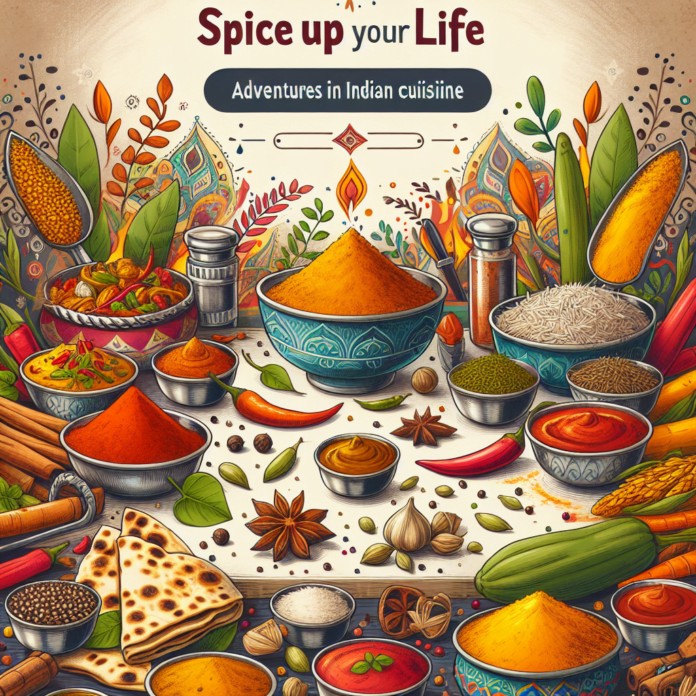Indian cuisine, rich in flavors, aromas, and colors, is as diverse as the country itself. With its use of various spices, herbs, vegetables, and fruits, Indian cuisine has become a global culinary phenomenon. Going on an adventure through Indian cuisine is an opportunity to spice up your life and broaden your culinary horizons.
The Diversity of Indian Cuisine
India’s cuisine offers an abundance of flavors and textures. From Punjab in the north to Tamil Nadu in the south, Gujarat in the west to Assam in the east, Indian cuisine varies not just by region but also by community, religion, and festival. However, there’s a common thread that runs through all these culinary traditions – the extensive use of spices and a love for flavors.
In the north, Indian cuisine is predominantly wheat-based, with dishes like naan, roti, and various types of biryanis. Southern Indian cuisine is noted for its extensive use of rice and lentils in dishes like dosa, idli, and sambar. The western part of India offers a range of vegetarian dishes due to the high prevalence of Jainism and vegetarianism. Meanwhile, the eastern part of India is known for its sweets and fishes.
The Role of Spices
One of the defining characteristics of Indian cuisine is the use of a range of spices. Each spice is carefully chosen not only to add intense flavor but also for its medicinal properties. Some of the most common spices used include turmeric, cumin, coriander, cardamom, and cloves.
These spices aren’t merely used because of their flavor: they also have numerous health benefits. For example, turmeric, which gives curry its yellow color, is known for its anti-inflammatory and antioxidant properties. Similarly, ginger and garlic, both commonly used in Indian cooking, are known for their health-promoting properties.
Exploring Indian Cuisine
As you embark on your culinary adventure through Indian cuisine, here are a few dishes to start with:
- Butter Chicken: This creamy chicken dish, cooked in a mild tomato-based sauce, is a crowd-pleaser.
- Samosas: These deep-fried pastries filled with spiced potatoes or meat are perfect as a snack or appetizer.
- Chole Bhature: A popular dish from Punjab, this meal consists of spicy chickpeas served with deep-fried bread.
- Masala Dosa: A thin, crispy pancake made from fermented rice and lentil batter, filled with a spicy potato filling.
- Rogan Josh: A slow-cooked lamb or beef dish, featuring a flavorful and aromatic sauce. It’s a classic example of Kashmiri cuisine.
These are just a few examples of the vast and diverse world of Indian cuisine. By trying different dishes, you’ll discover a universe of flavors you never knew existed. From the spicy curries of Rajasthan to the mild coconut-based dishes of Kerala, there’s a dish to satisfy every palate.
Conclusion
Spicing up life with the flavors of Indian cuisine is an incredibly rewarding and enlightening experience. With its intricate blend of spices, diversity of dishes, and fascinating culinary traditions, Indian cuisine is a world in itself, waiting to be explored. So, whether you’re a novice cook or a seasoned food lover, immerse yourself in the world of Indian cuisine and let it take you on a culinary adventure like no other.
Frequently Asked Questions
What is the most popular dish in Indian Cuisine?
While it’s hard to single out just one dish as the most popular, dishes like Butter Chicken, Biryani, and Samosas are well-loved worldwide.
What makes Indian cuisine spicy?
The use of various peppers, chili powders, and other spices give Indian cuisine its heat. However, not all Indian food is spicy, and many dishes come with a mild, even sweet, flavor profile.
Is Indian food healthy?
Yes, most Indian food is indeed healthy. Indian cuisine often places emphasis on fresh ingredients, high-fiber grains, and fruits and vegetables. The spices used also have health benefits. However, like any cuisine, it’s important to consume in moderation and balance.

